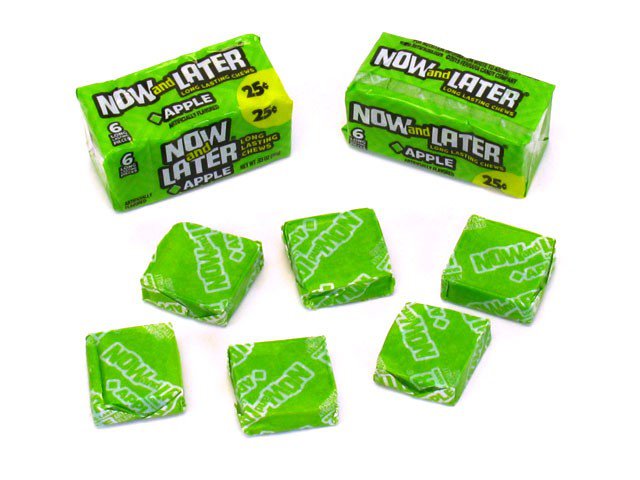7 Steps to Transition from Crowdfunding to Online Sales
At the end of a successful crowdfunding campaign, you’ve earned three essential things: money, customers, and momentum. Since timing is all, we’re here to talk about harnessing the momentum of your crowdfunding to build a lasting business.
As our friends at Shopify wrote in The Ultimate Guide to Crowdfunding, “Think of the crowdfunding campaign as a wedding: you’d like for it to be spectacular, but what’s important is what happens in the long term.”
As your campaign nears full funding, we recommend two things: 1) celebrate wildly and 2) get a head start on your ecommerce store.
The end of a great campaign is the beginning your business (or a new phase of your business). We want to make sure you’re prepared for this ahead of time. Here are the 7 steps we recommend to go from a crowdfunding champ to an enduring online merchant:
1. Organize Your Backers (Now Your Customers)
Right off the bat, you want to build your business from a robust contact management system. The people who supported your crowdfunding campaign are your earliest fans. They have earned VIP status at your new company.
In addition to their early support, think of other ways you can might segment these customers. Think about geographic location, friends and family, or product detail preferences, for example. When you start with a database that identifies your customers in various ways, you have potential for engaging marketing campaigns. Do your customers in the Northeast need your product as winter approaches? Do you want your friends and family to test drive your next prototype and give you feedback? These options – and a world more – are open when you have a good, organized system for your contacts.
We’re big proponents of MailChimp and others like it. Services like this can be fully integrated with the ecommerce platforms we work with. They allow you to divide your contact list into segments that work well for your product. You want the foundation and flexibility of a great contact database and email program from the start.

Doppler Labs successfully raised funding for their Here One wireless ear buds on Kickstarter. We then launched their online store on Shopify Plus.
Related: Planning Your Ecommerce Strategy
2. Choose Your Ecommerce Platform
This is a biggie. The biggest, really. Your ecommerce platform is the operating system for your business. Yes, you can always replatform at a later date, but you’ll save time and expense if you make the right decision at the beginning. There are many platforms to choose from, but our favorites are Shopify and Magento.
There’s a lot to say about both of these platforms – indeed our entire business is dedicated to this topic! – but let us share some loose guidelines and debunk some common myths.
Before deciding on a platform, it’s important to flesh out your plan thoroughly and thoughtfully as to not box yourself into a corner.
As we once did with WordPress (i.e.: isn’t that a blogging platform?), we encounter a lot of misconceptions with Shopify. Many people believe it’s extremely limited and/or, that all Shopify sites look the same. This is untrue. Shopify, namely Shopify Plus, is a highly flexible platform. We’re seeing clients on Shopify grow very quickly due to the combination of its stability and speed, and it’s app environment. The frontend is 100% customizable to match your look and feel.
Shopify or Shopify Plus might be great if:
- you’re looking to get to market and iterate quickly
- you want to avoid stringent infrastructure requirements (IT/system admin)
- you’re willing to look at technically creative ways to solve more complex problems
Magento 2.0 might be a great fit if:
- your products can be arranged in more than 100 combinations and you’re not willing or able to break them up to avoid this
- selling internationally represents a significant part of your business
- you have notoriously complex integrations
3. Get Your Site Up Quickly and Start Ranking
Ensuring that you have a second home (which will quickly become your first home after your campaign gets funded) up and running is key. Beyond just being out in the world and offering more information beyond what’s on your crowdfunding platform, you’ll start ranking on Google. This is important both for now and later.

Sorry, had to.
But seriously. The sooner you can start ranking on search engines – even if you’re not selling product yet – the better. The more places to call home on the inter webs, the better.
Also, we encourage “growth by iteration.” What we mean by this is, let’s define the Minimum Viable Product (MVP) to get your site up and running quickly, and then keep building on it. Rather than building out a huge mansion of a site based on “featuritis,” we want to start collecting real, live customer data to inform what we’re going to do next.
4. Deliver Crowdfunding Rewards as Promised
The plan behind your crowdfunding rewards is prelude to the plan behind fulfilling your orders. You have the order that was placed (their donation, essentially) and now you need to fulfill that order and mark it as fulfilled. You may even need to consider your inventory at this point. Thinking through these things now will set the stage for selling through your ecommerce store.
You’re also establishing your consumer’s expectations by how you deliver your rewards. Once you nail down this process, you will have already solved some issues that could come up when fulfilling actual orders. With the order fulfillment process worked out, you’ll have more time to build the next stage of your business, such as developing new products and expanding to new customers.

Trunkster, a zipper-less suitcase with USB charging port and tracking app, raised over $1.5MM on Indiegogo. Now it’s available via the Trunkster Shopify store.
5. Keep Everyone Informed in the Process
One of the fastest ways to build trust with your customers is by keeping them up to date on what’s going on. For example, let them know when they can expect to receive their rewards, or when pre-orders will ship. Your customers, especially the people who have backed you since the beginning, are usually willing to be flexible as long as they have a clear understanding of where things stand. Set expectations accurately. If something changes, communicate it as early as you can.
6. Arrange Shipping
Shipping often has a steep learning curve for online merchants. Mostly, because there are so many components and ways to approach it. From packaging to free shipping offers, there’s an entire blog post (or ten) within this category. Our point is that shipping will require some research and decision making on your part.
As we shared awhile back, one of the top reasons people abandon their cart before completing an online order is due to unpredictable shipping costs. As you make your shipping plans, we believe these 10 Saavy Shipping Tips stand the test of Internet time. Whether or not your shipping process is running smoothly (and cost effectively) can be make or break for online merchants.
7. Take pre-orders – and orders – for your product!
This may be the most important reason why you want transition from crowdfunding straight into a fully-operating online store: you’re going to have orders. As your product goes out to your early backers, the goal is for it to be so appealing that more people want it, right? You don’t want potential customers going to a closed crowdfunding site and reading about yesterday’s news. Give them the opportunity to order or pre-order from the start. By having your online store ready, you won’t miss a sale.

Upright Go, a light wearable that tracks posture, has raised over $1MM on Kickstarter as of this week. They’re taking pre-orders via Kickstarter, but we’d love to see them doing so via their own platform.
To sum it up, we love working with product innovators. A crowdfunding campaign is a sure-fire way to test an idea. When you reach fully-funded status, you have created something that people want. Congratulations!
